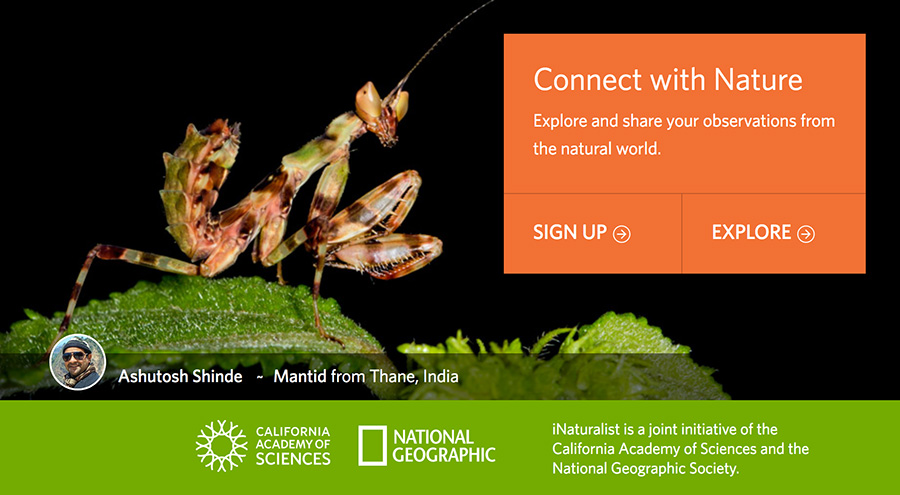
Behr’s Hairstreak butterfly (Satyrium behrii) on Spineless Horsebrush (Tetradymia canescens)
at Masonic Mountain in the Bodie Hills
Botany in the time of Covid-19 is a mostly virtual endeavor, for now. My plans to spend more time in the Bodie Hills and Beyond this spring and summer are postponed. The counties and states I am so eager to visit (all a 3 to 6 hour drive from home) are discouraging tourism.
Fortunately, there is iNaturalist. “iNat” is a citizen-science portal where bio-nerds, outdoor enthusiasts, curious beginners, and research pros can all post photos of things they’ve seen (ideally showing all the characters needed for accurate identification), mark their locations, provide other info, suggest an ID, or ask others for help in identifying observations. It’s a great place to find out what others are seeing in one’s places of interest, test one’s skill at identifying observations that “Need ID”, and learn to recognize unfamiliar species.

Ornate checkered beetle (Trichodes ornatus) on Bolander’s yampah (Perideridia bolanderi) near Masonic Mountain
Worldwide, as of today, there are more than 33 million observations in iNaturalist. A very modest 1,418 of those are mine (I strive for quality over quantity). Here are some stats for iNaruralist observations in the Bodie Hills, as of late March 2020:

View the observations and check the current numbers HERE.
I especially enjoy exploring the maps in iNaturalist. Here’s a map of the 1,962 observations listed above, with the orange outline being my boundary for the Bodie Hills:

Most observations occur along well-traveled roads. Large gaps invite the curious explorer of public lands in between these areas:

Of the 1,962 observations to date, 554 observations (including 237 of plants and 266 of invertebrates) are still in need of IDs or confirmations to become “Research Grade.” Observations are designated “Research Grade” when 2 or more people agree on an identification at the level of species or below. Sometimes the original observer will “second” or “like” another person’s suggested ID by clicking the “Agree” button, but without having really learned and understood the basis for the ID, which means that the ID is effectively based on only one person’s informed opinion or educated guess—which is sometimes not correct.
Many species of vascular plants, vertebrates, and fungi commonly achieve “Research grade” because there are many avid and knowledgeable observers and—with good photos, reliable taxonomy, and reference materials—many are readily identifiable. Unfortunately, many nonvascular plants, invertebrates, and “lower” or very small organisms rarely achieve “Research grade” because they are harder to identify from photos, identification to species may be technically difficult, and references for identification may be largely buried or scattered through the scientific literature.
In spite of some limitations, iNaturalist is a great way to explore and learn about biodiversity any time, but especially when field visits are impractical — be that due to seasonal weather and road conditions, or global pandemics.
So, as we all practice “social distancing” and heed orders to stay near home, if your home is near a place where you can safely observe and photograph plants, animals, fungi or whatever, please share what you see on iNaturalist!

iNaturalist home page banner (https://www.inaturalist.org/)
Copyright © Tim Messick 2020. All rights reserved.
DOWNLOAD THE CHECKLIST
